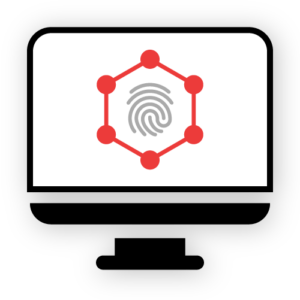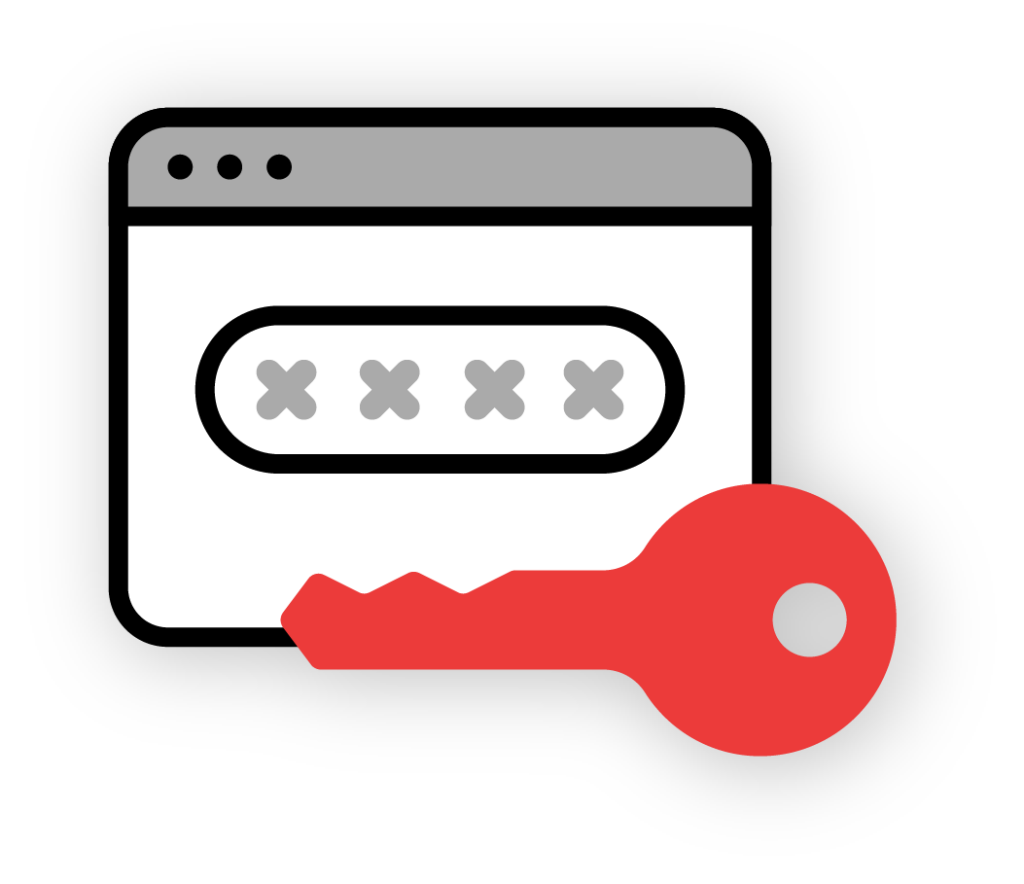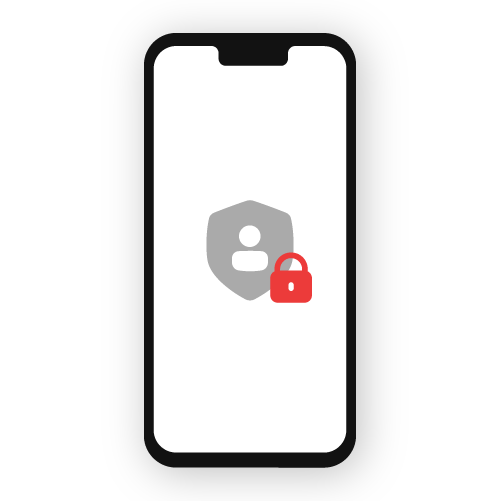


Traditional password systems pose significant security risks and operational challenges. BIO-key’s passwordless authentication solutions enhance security while streamlining the user experience.

Enhanced Security
Don’t let your organization fall victim to MFA-bypass attacks and phishing

Improved User Experience
No more password fatigue! Allow users to authenticate quickly and easily, resulting in increased productivity and satisfaction.

Cost Efficiency
Reduce IT support costs associated with password management and resets. BIO-key is known for delivering ROI in under 18 months.


A biometrics management platform that allows for secure verification of users across systems and locations.
With centralized management of fingerprints, facial recognition, and palm scanning, you can assure secure access to valuable data and resources.
Integration is simple with a full SDK.

A FIDO-certified solution that replaces traditional tokens and phones for secure authentication.
You can simply tap a badge on compatible readers or present your fingerprint on USB fingerprint scanners connected to any Windows workstation.
Flexibility and security all in one.

Choose from push notifications, phone-based biometrics, or advanced biometrics, providing the right balance of security and convenience for all applications.
Adopt MobileAuth to ensure your users stay productive and secure, while effectively combating phishing threats.

Support FIDO2 and WebAuthN standards.
Featuring plug-and-play technology, making them easy to use with Microsoft Windows, macOS, and Linux.
Transitioning to a passwordless environment is a journey, and BIO-key will support you every step of the way.
BIO-key’s PortalGuard® platform provides a unified identity and access management (IAM) solution that simplifies implementation and management of passwordless authentication for desktop and web app logins.
| Cookie | Duration | Description |
|---|---|---|
| cookielawinfo-checkbox-analytics | 11 months | This cookie is set by GDPR Cookie Consent plugin. The cookie is used to store the user consent for the cookies in the category "Analytics". |
| cookielawinfo-checkbox-functional | 11 months | The cookie is set by GDPR cookie consent to record the user consent for the cookies in the category "Functional". |
| cookielawinfo-checkbox-necessary | 11 months | This cookie is set by GDPR Cookie Consent plugin. The cookies is used to store the user consent for the cookies in the category "Necessary". |
| cookielawinfo-checkbox-others | 11 months | This cookie is set by GDPR Cookie Consent plugin. The cookie is used to store the user consent for the cookies in the category "Other. |
| cookielawinfo-checkbox-performance | 11 months | This cookie is set by GDPR Cookie Consent plugin. The cookie is used to store the user consent for the cookies in the category "Performance". |
| viewed_cookie_policy | 11 months | The cookie is set by the GDPR Cookie Consent plugin and is used to store whether or not user has consented to the use of cookies. It does not store any personal data. |